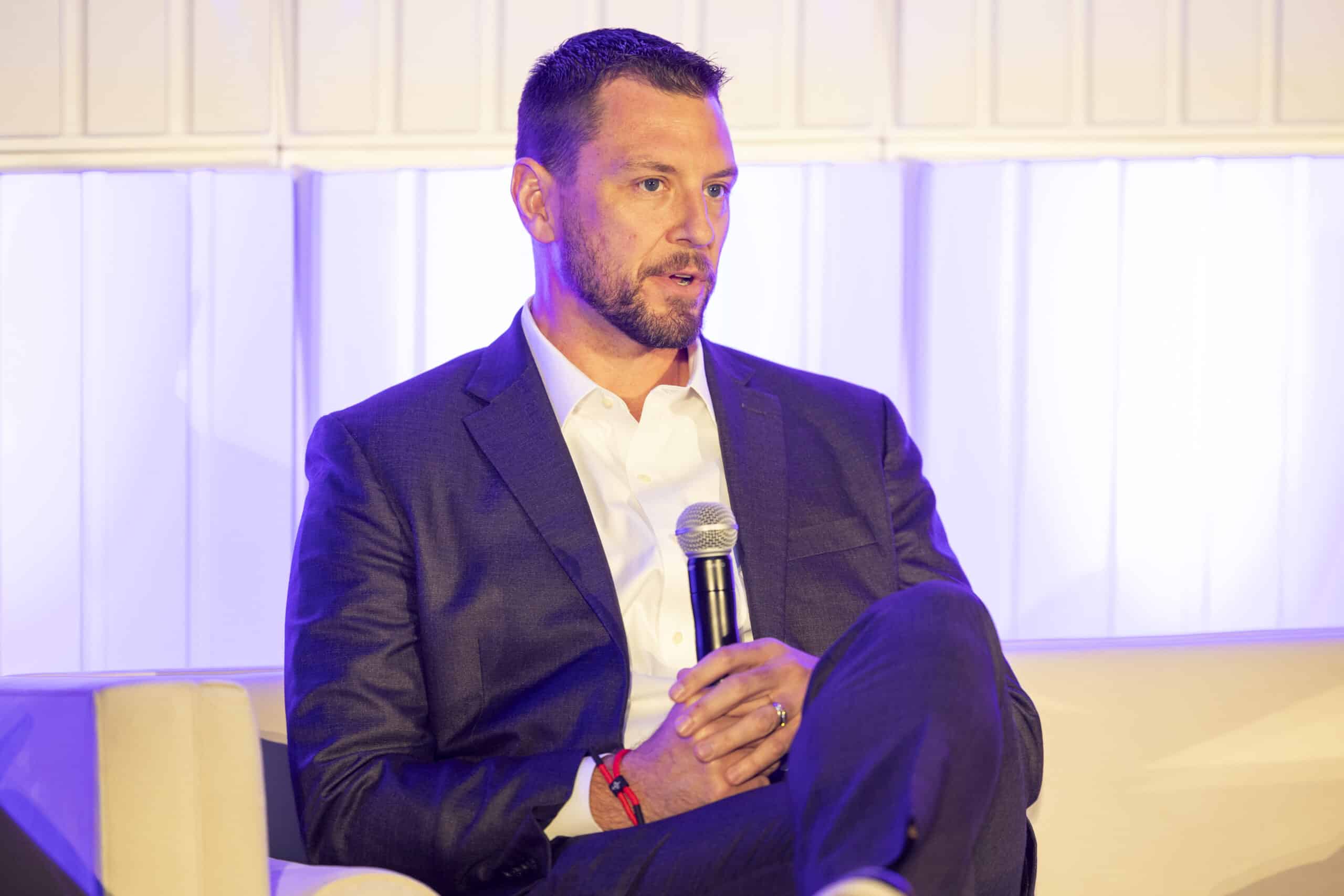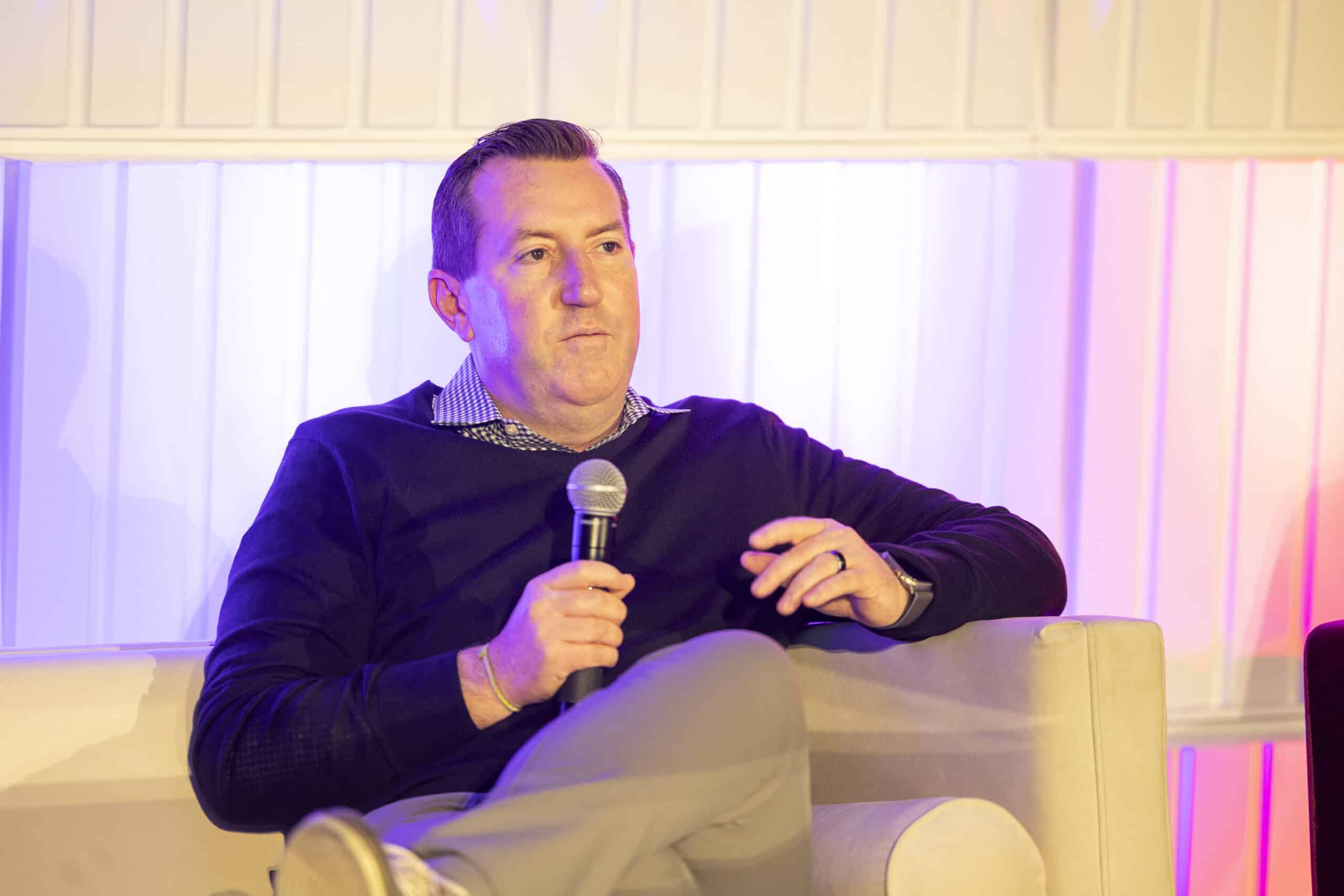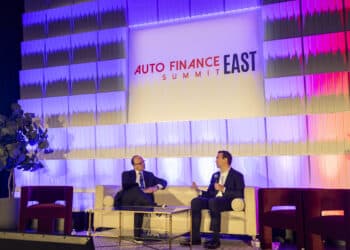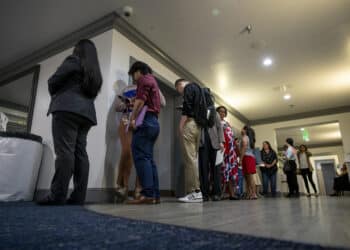Capital One: ‘Swiss cheese,’ multilayered approach needed to fight fraud
Auto Finance Summit East 2025
After auto fraud exposure hit record highs in 2024, lenders and dealers are using multilayered fraud-prevention systems and looking to collaborate.
A “Swiss cheese” approach, for which a combination of risk prevention software and alternative data is used to verify transactions, is necessary in fraud prevention, Capital One Head of Auto Refinance Allison Qin said during a panel discussion at the recent Auto Finance Summit East 2025 in Nashville, Tenn.
“You have to have a multilayered approach. One slice might have a hole in it, but if you have 20 slices stacked up, you’re less likely to make it through the stack of cheese.”
The Swiss Cheese Model, a common framework for risk management, refers to the use of multiple layers of defense and safeguards to address vulnerabilities in an institution’s systems.
“You have to have a multilayered approach. One slice might have a hole in it, but if you have 20 slices stacked up, you’re less likely to make it through the stack of cheese.” — Allison Qin, Capital One

The McLean, Va.-based lender uses Capital One credit card transaction history and biometric data in its proprietary fraud prevention models, Qin said.
Auto lenders’ total estimated loss exposure from fraud reached $9.2 billion in 2024, a 16.5% year-over-year rise, according to risk management platform Point Predictive’s March 25 report.
“Fraud is continuously evolving and getting harder to spot, so it’s imperative that dealers and lenders work together to solve [industry fraud],” Qin said.
Fraud across dealerships

Like lenders, dealerships are implementing multiple fraud prevention systems.
Tampa, Fla.-based Morgan Automotive Group, with more than 75 retail locations in the state, uses an “eyes wide open” approach in which dealers are vigilant about identifying scams, Justin Buzzell, finance vice president of the group, said at the summit.
“If you’re on a first payment default, you’re eating it; it is what it is,” he said. “Maybe we should have done a better job on the front side of vetting that customer better … but I also think it’s important to protect yourself as a dealer.”
For Morgan Automotive Group, those protections include:
- A red flags check, which looks at customer identification;
- A Department of Highway Safety and Motor Vehicles check;
- A synthetic fraud check, which looks for mixes of real and fake information;
- A biometric scan; and
- Video records of all interactions with customers to show “we’ve done everything we could.”
“If you pass all of that, we’ll sell you a car,” Buzzell said.
The dealer group closed a deal with Point Predictive recently to enhance its fraud prevention and get notified when other dealers see fraud, he said. Lenders and dealers need to warn each other about their fraud experiences more often, he added.
“Unless we get notified from a lender, we don’t know [about fraud reports]… Even internally for us, we have 75 rooftops and they all operate individually from one another. Even right across the street from one another it’s hard to know.” — Justin Buzzell, Morgan Automotive Group
Centralized fraud warning

Dealerships and lenders agree that notifying each other about fraudulent encounters helps the industry; however, there’s no easy place to do that yet, West American Loan Chief Executive and President Sean Murphy said at the summit.
If a centralized portal, similar to e-contracting platform RouteOne, allowed dealers and lenders to share potential fraud signs, industry players could work together to stop scams, Murphy said.
Withholding that information hurts everyone, as scammers aren’t picky, he said.
“Fraudsters, especially rings, they’ll purchase from wherever they can.”
Find more coverage from Auto Finance Summit East 2025 here.










